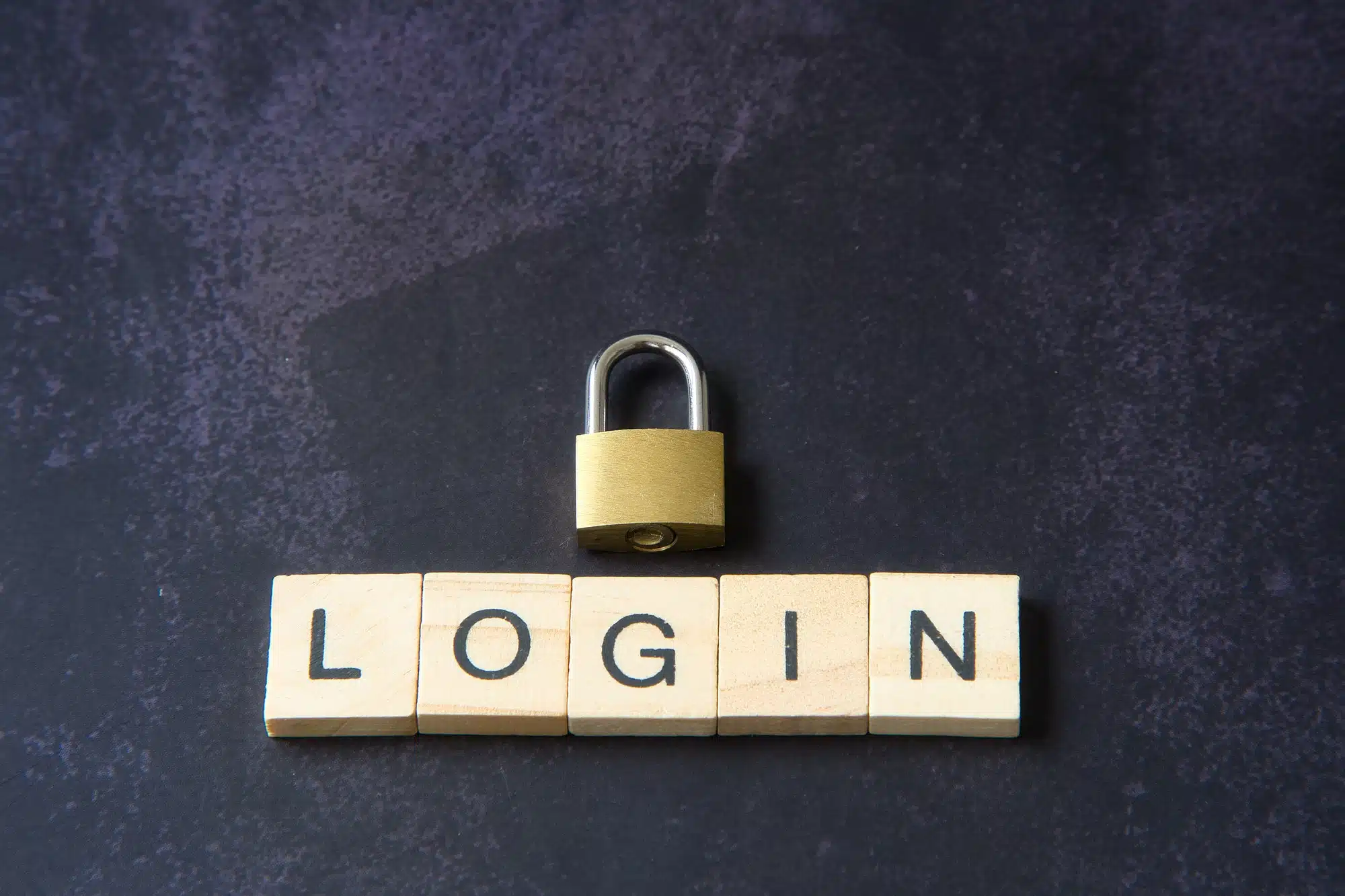In an era marked by digital threats and privacy concerns, website security is paramount. It’s not only about protecting your website but also about establishing trust with your audience. In this article, we’ll explore the significance of website security, the benefits it brings, and how you can build a safe digital environment that fosters trust.
The Importance of Website Security
Website security is more than just a technical necessity; it’s crucial for several reasons:
- Protecting User Data: Websites often collect and store user data. Ensuring its security is vital to prevent data breaches and protect user privacy.
- Preventing Cyberattacks: Hackers constantly target websites for various purposes, including injecting malware or stealing sensitive information.
- SEO and Reputation: A compromised website can damage your search engine ranking and reputation, resulting in a loss of trust among users.
- Regulatory Compliance: Many regions have strict regulations governing data security and privacy. Failing to comply can lead to legal consequences.
Strategies for Building a Safe Digital Environment
1. Regular Software Updates
Regularly updating your website’s content management system (CMS), plugins, and themes is a fundamental step in maintaining security. These updates often contain patches for known vulnerabilities that hackers can exploit.
For instance, if you’re using WordPress, navigate to the “Updates” section in your WordPress dashboard regularly. Ensure that both WordPress itself and any installed plugins and themes are up to date. Additionally, consider enabling automatic updates for minor releases to stay protected without manual intervention.
2. Use SSL Encryption
Implementing SSL (Secure Sockets Layer) encryption ensures that data transmitted between your website and users remains confidential and secure. It’s especially crucial for securing sensitive information like login credentials and payment details.
For example, to enable SSL encryption, purchase an SSL certificate from a reputable certificate authority (CA) like Let’s Encrypt, Comodo, or DigiCert. Once installed, configure your web server to use HTTPS, and ensure that all internal links and resources load via HTTPS as well.
3. Strong Authentication
Implement strong authentication measures to protect user accounts. Enforce complex password policies and encourage two-factor authentication (2FA) wherever possible.
In your website’s user registration and login system, enforce password policies that require a mix of uppercase and lowercase letters, numbers, and special characters. Additionally, encourage users to enable 2FA through methods like one-time codes sent to their mobile devices or authentication apps.
4. Regular Backups
Schedule automated backups of your website’s data and files, and store them securely offsite. This ensures data recovery in case of a security breach or other catastrophic events.
Use backup plugins or services that offer scheduled backups and storage options. Configure backups to run daily, weekly, or monthly, depending on your website’s update frequency. Store backups on remote servers or in secure cloud storage to prevent them from being affected by the same security incidents that impact your website.
5. Security Plugins and Firewalls
Enhance your website’s security by installing reputable security plugins and web application firewalls (WAFs) that protect against common threats like DDoS attacks, malware, and hacking attempts.
For WordPress websites, consider using security plugins such as Wordfence or Sucuri Security. Additionally, implement a web application firewall (WAF) service like Cloudflare, which offers DDoS protection, bot mitigation, and security rules to block known threats.
6. Educate Your Team
Invest in training your team members, including content creators and administrators, on security best practices. Ensure they can recognize and report potential threats.
Conduct regular security awareness training sessions for your team. Cover topics like identifying suspicious emails, practicing password hygiene, and safe browsing habits. Encourage open communication so that team members feel comfortable reporting any security concerns promptly.
7. Regular Security Audits
Conduct regular security audits and vulnerability assessments of your website. Hire security professionals or use automated tools to identify and address weaknesses.
Schedule quarterly or annual security audits performed by experienced professionals or use automated security scanning tools that can identify issues like outdated software, misconfigurations, or suspicious activity. Address any vulnerabilities promptly to maintain a robust security posture.
Conclusion
Website security and trust go hand in hand. By implementing these strategies and ensuring your website is well-protected, you not only shield your online presence from threats but also demonstrate your commitment to the safety and trustworthiness of your digital environment. Remember that security is an ongoing process, and staying informed about emerging threats is key to maintaining a safe and trustworthy website. Building a safe digital environment is an investment in your website’s longevity and the trust of your audience.






